An Inclusive Learning Environment
Creating an inclusive learning environment recognises all delegates’ entitlement to a learning experience that respects diversity, enables active participation, and removes barriers to learning while considering representatives’ individual learning needs and preferences to reach their full potential. Inclusivity provides equal access to all opportunities and resources for individuals who might otherwise be excluded.
Inclusivity within the learning environment aims to bring different individuals together, allowing everyone the same opportunities to learn and achieve to the best of their ability. This supports the development of positive working relationships, increasing cooperation and collaboration between delegates.
Not only does this benefit the individual, but it also supports the whole class as it values all delegates’ strengths and contributions. Their learning experience becomes more prosperous and diverse, improving the experience for all participants. When a learning environment values and supports a wide range of views and experiences, this can develop delegates to have a greater understanding of the topic or aspects being taught.
Before attending any training, it’s essential to inform the trainer of any additional learning needs or specific reasonable adjustments which need to be made to ensure that you can fully participate in the session. When delegates contribute to group discussions, this develops their understanding, communication and critical thinking skills. Therefore, if a delegate cannot participate due to additional learning needs, they need to be supported to ensure they can participate in reaching their full potential.
To create an inclusive learning environment, trainers must be fully aware of delegates’ similarities, differences and specific requirements. Having this information before a training session supports the trainer in removing barriers to learning. This might include having visual or pictorial resources and guides printed in large print or coloured paper. Using stepped instructions, broken down into more manageable chunks to avoid confusion or delegates becoming overwhelmed. Providing a plan for the training session in advance to support those with processing disorders or other neurodiverse conditions so then they have the structure of the sessions to prepare themselves. A brief training structure before the training also helps businesses plan and prepare for the training, allowing the sessions to fit business needs.
Integrating technology into the learning environment enhances the learning experience for delegates, especially those with additional learning needs. Utilising various technologies in the classroom, including virtual classrooms, supports learners to become actively engaged with their learning and achievements. Incorporating technology into the learning environment creates opportunities for differentiated instructions to meet delegates’ individual needs.
The use of technology within the classroom helps to empower all to develop learning to become more interactive while giving access to innovative resources. Regardless of whether delegates work independently or collaboratively, technology supports the engagement of delegates as the experience becomes more interactive. Delegates retain information in different ways or at different paces. Technology allows differentiated instructions or information to be modified to support delegates with varying learning styles and individual needs.
Technology boosts collaboration and teamwork as they’re required to connect with one another. It also allows training programmes to be personalised and remain accessible for all. Supports the accommodation of different learning styles and methods. Provides the trainer with instant feedback. Using technology within the learning environment can offer a varied experience as learning can be gamified. All these different methods contribute to providing an enriching and diverse learning approach.
At JA, we offer an inclusive teaching approach that empowers trainees with the necessary resources to effectively run payrolls using the JA system.






















